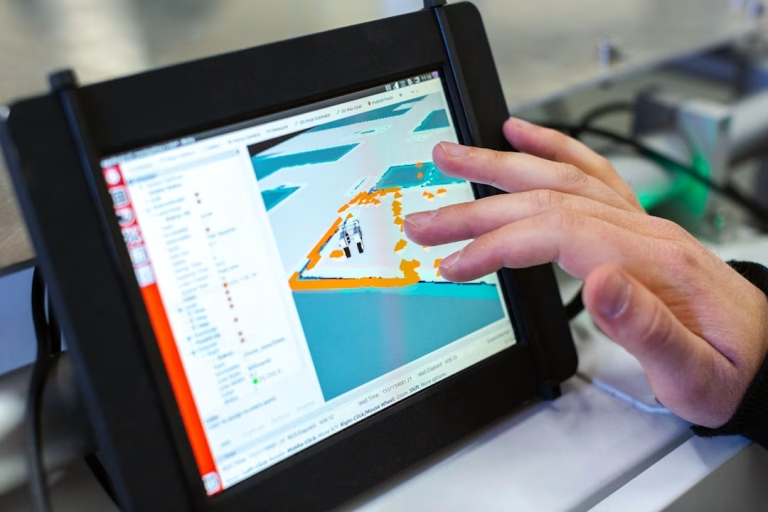The Evolution of SOA (Service-Oriented Architecture)
Introduction
The development and evolution of Service-Oriented Architecture (SOA) have played a significant role in shaping today’s digital world. From the inception of SOA up till now, the extensive use of this architectural style has changed how technology interacts. However, to fully appreciate the relevance of SOA, it’s crucial to understand what it is and where it came from.
Definition of SOA
Service-Oriented Architecture (SOA) is an architectural style that leverages services to meet the requirements of software users and developers. Services are essentially self-contained units of functionality that are independent but can interact. They consist of unassociated, loosely coupled units of functionality that have no calls to each other embedded in them.
The Evolution of SOA
The evolution of SOA can be mapped out through the following phases:
- The Initial Concept: The concept of SOA was broached in the late 1980s. In an era where OOP (object-oriented programming) was reigning supreme, many professionals acknowledged the need for a more flexible and extensible architecture – a need that gave birth to the idea of SOA.
- Emergence of Web Services: The early 2000s brought about a remarkable change in the world of SOA with the rise of web services. With standardized protocols, these services allowed platform-independent data exchange, fostering the expansion of SOA.
- The Platform Stage: Mid-2000s marked the maturation of the SOA concept. Companies began offering entire platforms that standardised the way services were executed, managed, and hosted, pushing the SOA model towards a more organized form of implementation.
- Modern SOA: In the present day, SOA has evolved to be more than just an architectural choice. With the rise of microservices and cloud-native applications, modern SOA implies adopting a set of best practices for designing and maintaining complex systems, consequently guiding them to function reliably and scale effectively.
Conclusion
The evolution of SOA is an example of the unparalleled adaptability of the technology sector. From its conception as a theoretical architectural paradigm to the role it plays in modern day intricate systems, it has been an amazing journey. As continued advancements refine SOA and shape its future, it’s safe to say that this approach is here to stay, proving itself effective in meeting the adaptable and scalable needs of today’s software demands.






